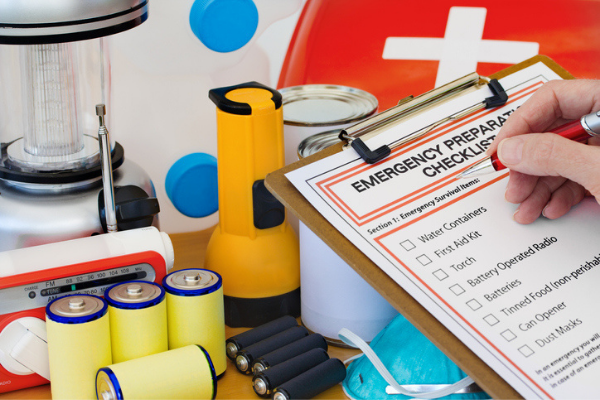
If you have ever needed to pull out a safety topic, the calendar is always a good place to start. There are safety awareness months like February’s heart health and October’s Fire Safety. Mid-summer is upon us so that you can remind everyone about potential wildfires and some of the other hazards associated with the great outdoors. Insects, the large brood, have been in the news this summer, and there have been alerts about mosquitoes and disease vectors. Mosquitos are considered the world’s most dangerous critters and are responsible for more than 750,000 deaths annually.
Then there is that big yellow ball in the sky. Our benefactor, the source of energy for plants, is also the source of a significant health hazard. Too much exposure to the sun without taking the proper precautions can result in acute illnesses like “sun poisoning,” heat rash, sunburn, heat cramps, heat exhaustion, and heat strokes. Then there are the more chronic issues like actinic keratosis, scaly skin spots that can later turn into skin cancer, and the skin cancers like basal cell carcinoma and squamous cell carcinoma. The chronic conditions are related to ultraviolet (UV) radiation exposure which can occur anytime you are outside. Ultraviolet exposure can be minimized by using sunscreens and proper clothing, which is why you should use sunscreen throughout the year, not just during the spring and summer.
It is this time of year when those acute, heat-related illnesses seem to be more frequent. Because it is not just the sun at work, other factors can play a role in a person’s susceptibility to these types of illnesses. Some factors that may increase your risk include high humidity levels, obesity, poor circulation, alcohol use, and prescription drug use. So, one needs to pay attention to the heat indexes as this may impact the overall potential for a heat-related illness. The Center for Disease Control has a handy information graphic on what to look for and what to do for heat-related conditions. The best thing to do is take precautions to prevent them from occurring by staying cool, wearing appropriate clothing, staying indoors when appropriate, and scheduling outdoor activities during the cooler portions of the day. Stay hydrated, drink plenty of fluids, and watch your electrolytes. For more tips, go to https://www.cdc.gov/disasters/extremeheat/heattips.html.
This article has been edited for length and clarity. The opinions expressed in this article are the author's own and do not necessarily reflect the view of their employer or the American Chemical Society.
Copyright 2022 American Chemical Society (All Rights Reserved)







